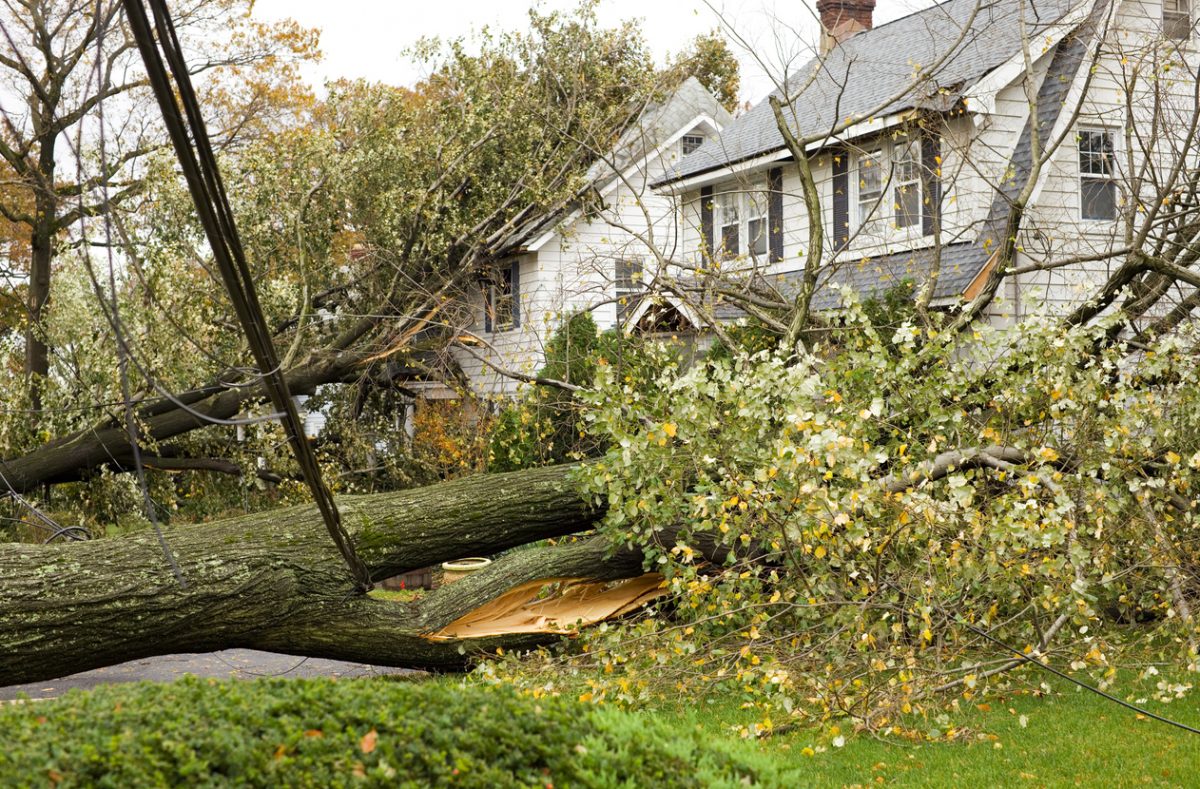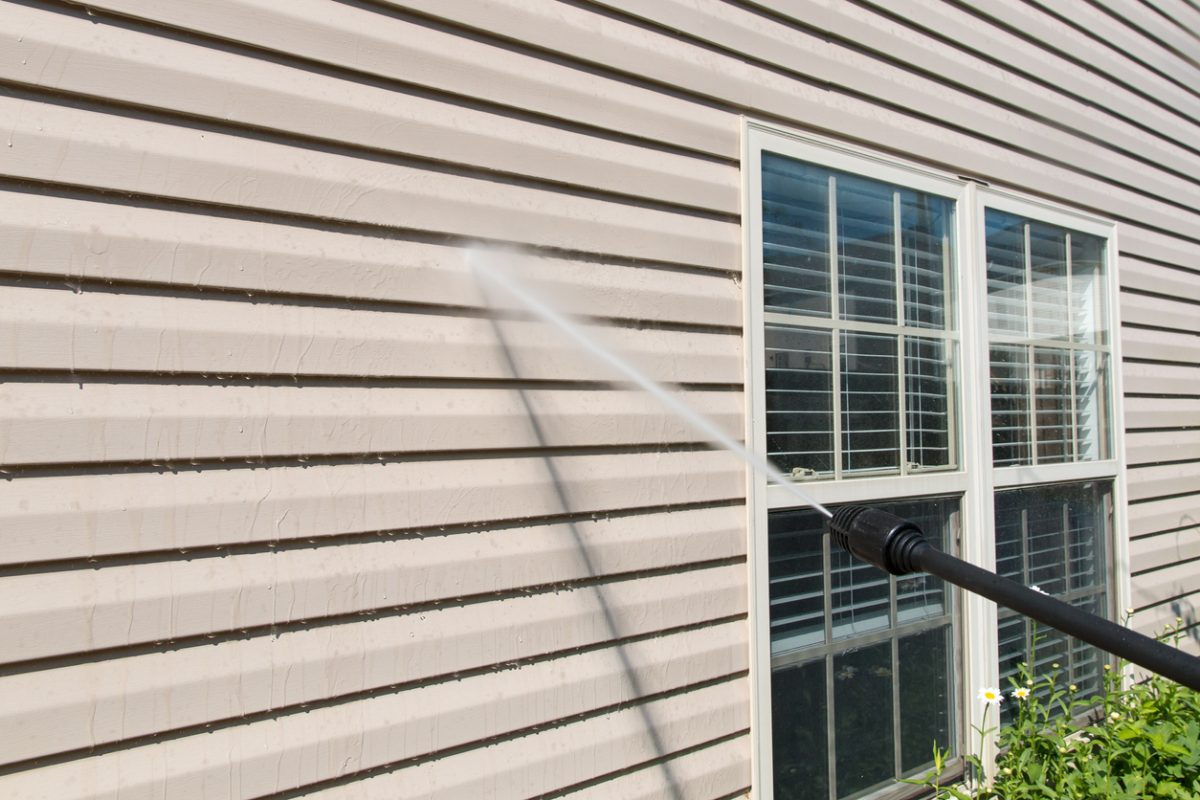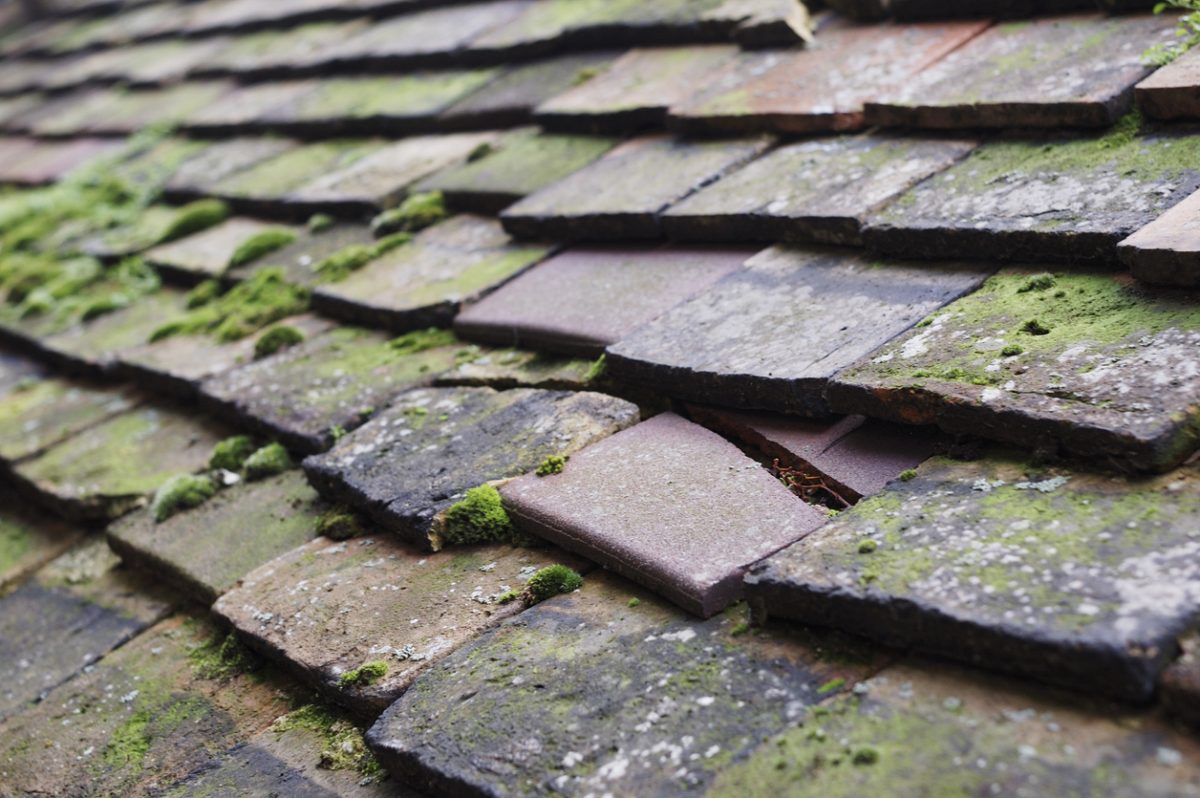Summer storms can do a lot of damage to your home. High winds, lightning, and heavy rain can all cause serious structural problems to your roof. In the event of a bad summer storm, you need to be able to recognize the signs of damage to your home’s roof. Knowing when the damage has occurred to your roof will help you know when to seek repair from a professional.
1. Moisture and Stains Inside Your Home
After one too many storms, your roof will eventually be vulnerable to leaks. Eventually, the built-up moisture will begin to create small holes in your shingles, which can cause water to leak into your attic and other areas of your home. The best way to tell if your roof has a leak is to check your attic for moisture. If the wood appears darker in some areas, you may have a leak.
Additionally, if you begin to notice a stain on your ceiling, touch the area to see if it is wet. Then, contact a professional to help find the source of the leak and fix it. If the stain is dry, it is likely from a previous leak.
2. Missing or Damaged Shingles
Summer storms usually include heavy winds and fallen trees, and that means some shingles may be missing. Unless the wind gusts were strong enough to carry them away from your home, you will likely see shingles strewn across your yard.
Save these shingles to help your roofer choose the exact match for the new shingles they will install on your roof.
In some cases, your shingles may have been damaged without actually falling from the roof. Call your roofing professional for a maintenance appointment if you see noticeable cracks or rips in your shingles.
3. Check for Gutter Damage
Missing, clogged, or damaged gutter sections are another sign that your roof may be damaged. Inspect your gutters for signs of puddles near the frame of your home, as this will indicate a part of your gutter is missing. Over time, the water at the base of your home will erode away the frame and seep into your house. To avoid this, it’s best to get your gutter fixed as soon as possible.
Contact a Reputable Roofer If You Think Your Roof Has Been Damaged in a Summer Storm
As a homeowner, you can protect your roof and your home by performing regular inspections following summer storms. Never walk out onto your roof to perform an inspection by yourself — leave this to the professionals!
Contact a reputable roofing professional right away if you notice any damage to your roof. Your roofer can help you decide what is wrong with the roof and what needs to be done to repair the damage.
For more information about damage to roofs from summer storms, contact Landmark Exteriors! We will be happy to help you determine if your roof, shingles, or gutters are damaged, and we’ll perform a repair right away. Contact us today to make an appointment!



